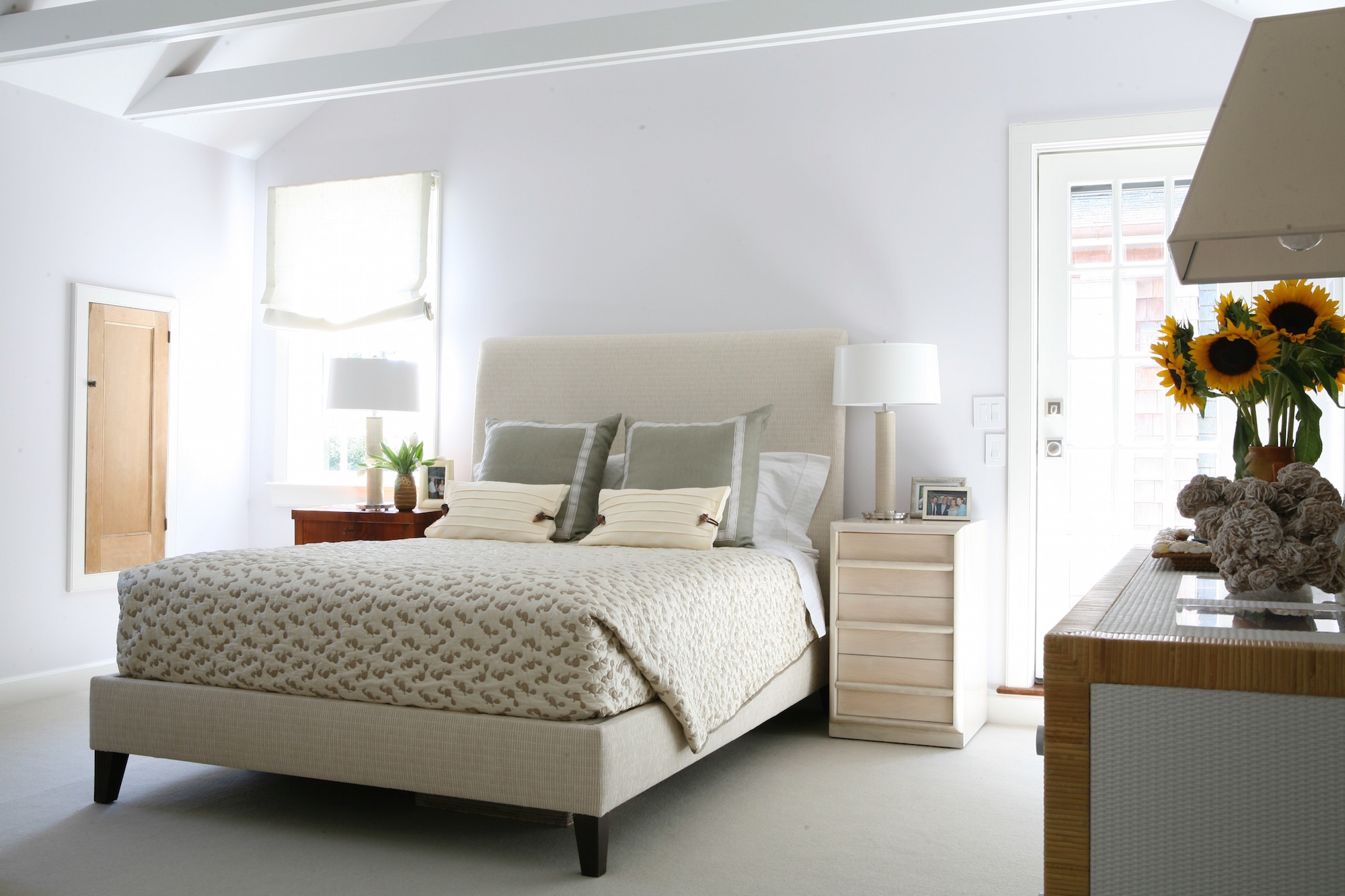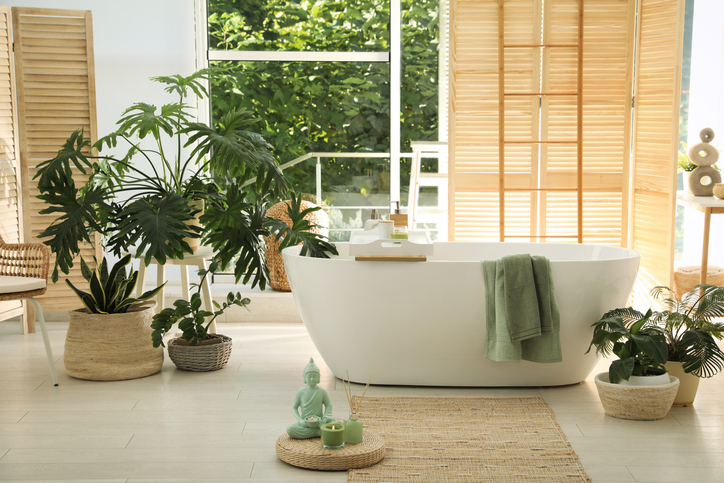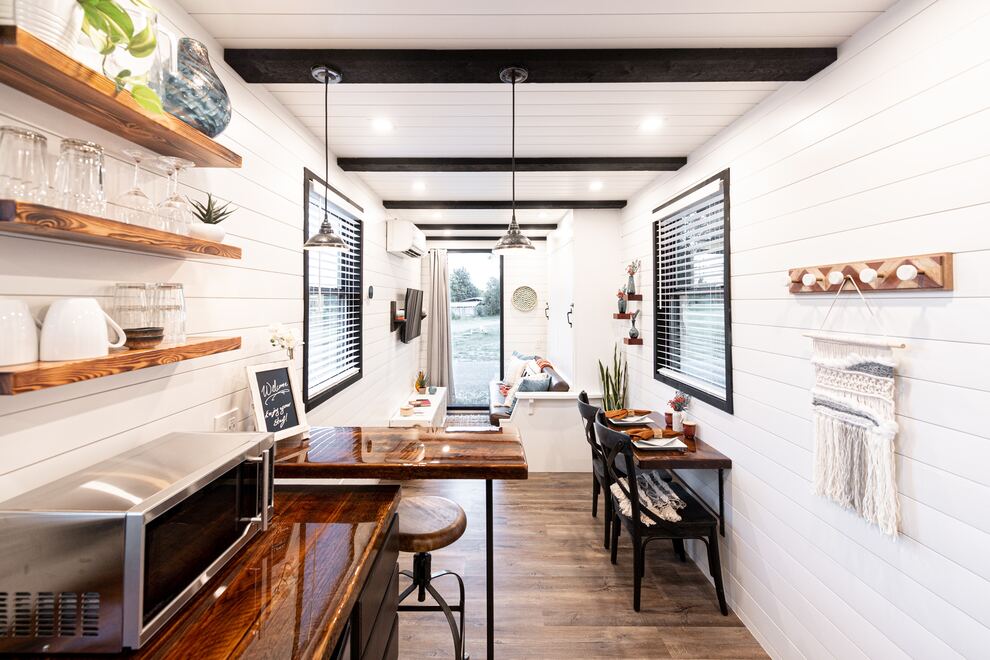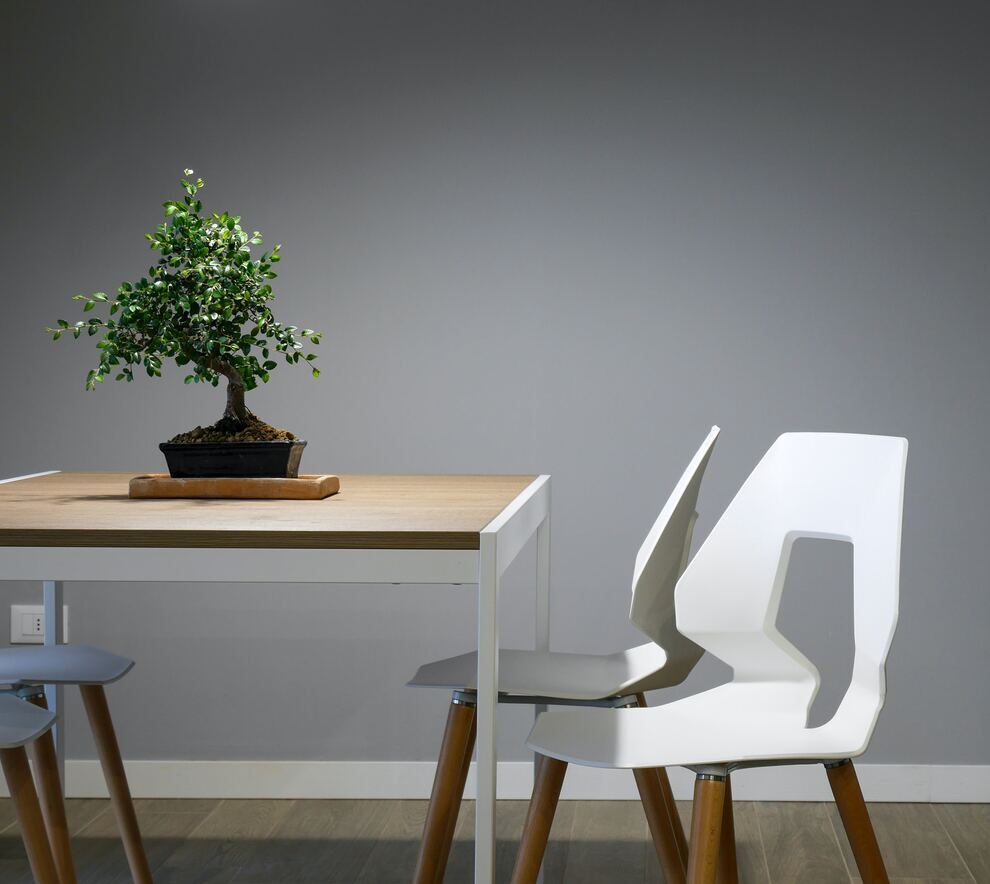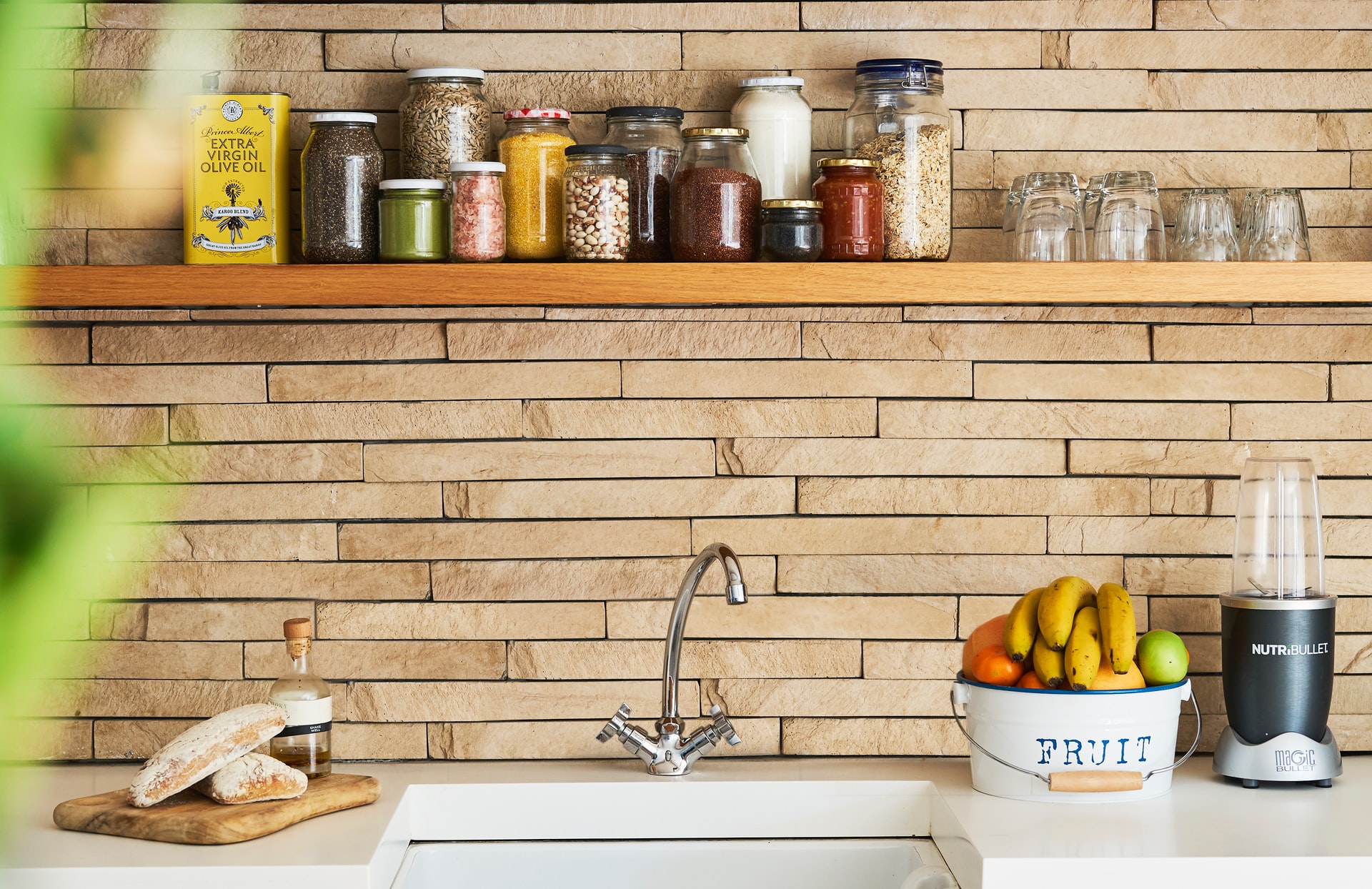Transforming your home into an eco-friendly abode may sound daunting and expensive, but with “green” features becoming mainstream, products have never been more readily available or affordable. So whether you’re ready for a complete eco-overhaul that includes solar panel installation or you’re just looking to make a few simple changes, ahead are some steps you can follow to decrease your carbon footprint and even save some money along the way.
Electricity
1. Probably the simplest tip to green your home is to ditch incandescent bulbs and CFLs. Energy-hungry incandescents lose 90 percent of their energy as heat rather than light, while CFLs contain mercury, creating a hazardous situation if you accidentally break one in your home. LEDs are an excellent low-energy and chemical-free alternative that can last up to 20 years Plus, these days they can be found at any big box retailer at an affordable price.
2. Save energy and money by unplugging electronics when you’re not using them. Known as “phantom energy loss,” many electronics will draw energy even if they are off. Use power strips or connect outlets to light switches so you can easily shut everything down when you’re done with them or if you leave the house.
3. Find out if your home could benefit from solar panels. Although there is a lot to consider before you install them (e.g. Does your house get enough sun? Is your electric bill really that high for the payback to be worth it?), the savings can be huge once you do. On top of that, many cities and states offer green tax incentives on top of what is offered at the federal level. These discounts can knock several thousand dollars off the overall cost.
Read Related: 7 Ways To Do Energy-Efficient Lighting (That Actually Looks Nice)
Windows and Doors
4. Window treatments aren’t just for decor; they can play a critical role in keeping your home comfortable throughout the year. During the colder months, swap out flimsy window treatments for honeycomb or cellular shades to improve insulation. Hanging up thicker curtains can also help keep your home from losing heat. When the weather warms up, use eco-friendly bamboo shades to keep the sun out—as much as 30 percent of a home’s heat enters through its windows.
5. Drafts can increase a home’s energy usage by up to 30 percent by putting a greater demand on heating and cooling. This is especially true in older buildings. Hone your DIY skills and craft some window and door guards to keep out the cold. This version from One Good Thing by Jillee uses only cheap fuzzy socks, quilt batting, popcorn kernels and a few quick hand stitches.
6. For those who own their homes and have extra money in their budget, windows are an upgrade that may be worth investing in, as newer windows offer thicker glass and better insulation. If you can’t afford to swap out your windows, sealing up cracks around your existing ones with caulk can make a world of difference.
Read Related: How To Stop Air Leaks Around Doors & Windows
Air Conditioning
7. Newer air conditioning units come with pretty intuitive eco-friendly features right out of the box, but here are some key points to look for when selecting the perfect unit for your home:
- Programmable settings: A unit that comes with a programmable thermostat allows you to save energy when you’re not at home or sleeping.
- Two-stage compressors: This is the part of the unit that uses the most energy, but by doubling up they’re able to work less on not-as-hot days.
- Size: Contrary to what you may think, a smaller unit won’t necessarily save energy. In fact, it’ll work even harder to cool the room if it’s not large enough.
- Energy efficiency ratio: The ratio of the cooling capacity (BTU) to the power input (watts) should be above 10.
8. If you’d rather not have an AC unit, think twice before opening up those windows. Keep them open only at night when the temperature is lowest, then close them during the day to trap cool air inside.
9. Plants’ natural process of photosynthesis, in which they use water and sunlight to create their own food, causes them to take in heat. They won’t drop your home’s temperature significantly, but they can certainly help—especially if you decorate with plants that require a lot of sunlight.
Read Related: 5 Tips For Saving Energy This Fall
Living Spaces
10. A good wool mattress pad provides insulation during the winter and also wicks away moisture to keep you cool in the summer. An all-season quality down comforter is also ideal since you can just change the duvet cover as the weather changes.
11. Cotton linens breathe well and stay cooler than other fabrics, which make them ideal for summer. Buckwheat pillows are also great, as they have hulls to help air to flow around you instead of trapping heat like feather and foam pillows.
Read Related: 5 Responsible Ways To Get Rid Of A Mattress
Cleaning
12. Miss those brand new, shiny faucets? Cut up a lemon and use the slices to wipe away grime. The acid in the lemon will leave the metal shining.
13. Ditch the germ-laden mop, bucket and Swiffer and use a steam mop to clean your floors. You’ll also save waste with those disposable wipes, since most steam mop pads are machine washable.
Read Related: 8 Ways To Use A Lemon Around The House
Plants
14. Airborne contaminants aren’t just outside; toxic chemicals can be leaching from your furniture, walls, and even your carpeting. Luckily there are a number of plants that can help scrub indoor air of these pollutants.
15. Start a composting pail in your kitchen and throw in organic products like fruit peels and pits, eggshells, coffee grounds and other organics. If you’re not into the idea of keeping worms in your house, store scraps in the freezer and search out a green waste drop-off in your city. Farmer’s markets often also happily take your organic leftovers.
16. If you leave the water running in the shower before you hop in, you may want to consider capturing that wasted water. Grab a bucket and use any excess H2O for your plants or even your four-legged friend.
Read Related: How To Kill Weeds Without Using Harsh Chemicals
As you can see, making your home more eco-friendly doesn’t have to be costly or time-consuming—even taking just a few of these steps will help reduce your home’s environmental impact.
